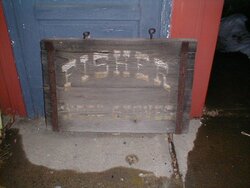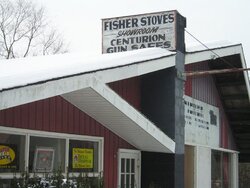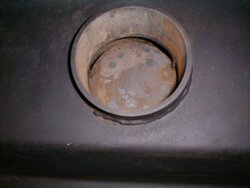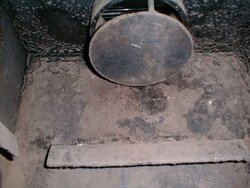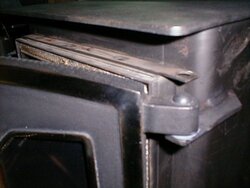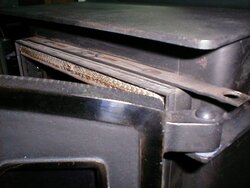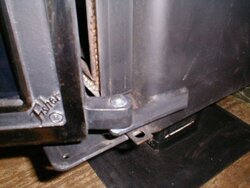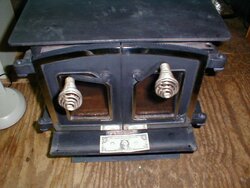flagbruce
New Member
Wow what a great forum. I am the proud owner of a late 70s Fisher XL that I have owned since new. Burning 4or5 chords of pine a year has taken its toll on my beloved stove. 2 years ago had a local welder repiared cracks to the back of stove arround the 10" exhaust fitting. Also the beautiful door with the sunburst has been craking and was brazed or welded. After seeing the pictures stove you recently aquiered I was wondering if a restoration of my stove would be feasable


 ) So maybe that's a price tag of the times. I should be able to retire on my collection. Wait, I am retired. :gulp:
) So maybe that's a price tag of the times. I should be able to retire on my collection. Wait, I am retired. :gulp: 